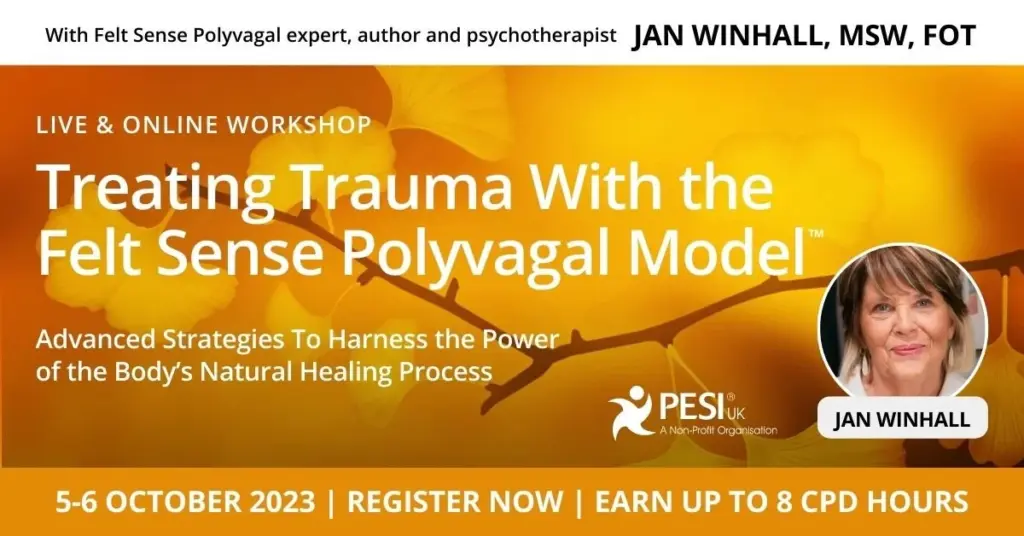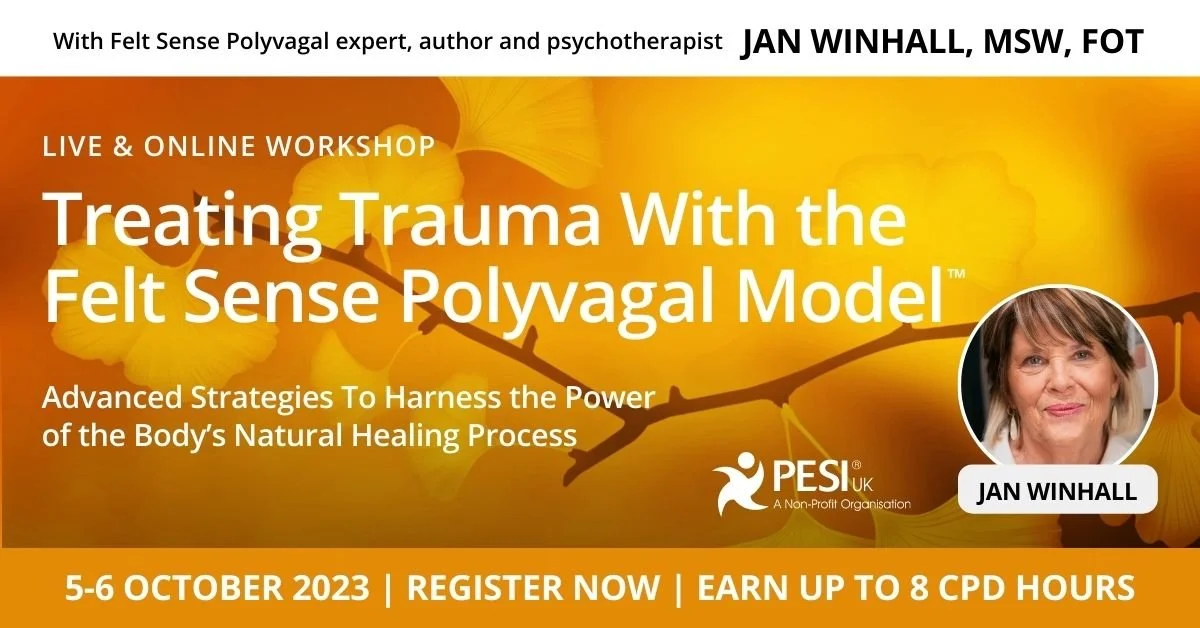
Unlocking Your Intuition: Understanding and Utilizing the Felt Sense
The felt sense is a powerful, yet often overlooked, aspect of human experience. It’s that subtle, internal knowing, a pre-verbal sense of something that isn’t quite formed into words or images. It’s more than just a gut feeling; it’s a body-based awareness that can guide decision-making, enhance creativity, and improve overall well-being. Understanding and cultivating your felt sense can unlock a deeper level of intuition and self-awareness.
What Exactly is the Felt Sense?
The term “felt sense” was coined by Eugene Gendlin, a philosopher and psychotherapist who developed Focusing, a body-oriented process for accessing and working with this inner knowing. Gendlin described the felt sense as a vague, holistic awareness of a situation, problem, or experience. It’s not just a physical sensation, although it often manifests as physical sensations like tension in the stomach, lightness in the chest, or a feeling of expansion.
Think of it as your body’s way of summarizing and holding all the information related to a particular topic. It’s the sum total of your experiences, memories, and associations, condensed into a single, unified feeling. This feeling can be incredibly informative, providing insights that your conscious mind might miss.
The Difference Between Felt Sense and Emotion
While both involve bodily sensations, the felt sense is distinct from emotion. Emotions are typically more defined and easily labeled (e.g., anger, sadness, joy). The felt sense, on the other hand, is often vague and pre-verbal. It’s a feeling about something, but the specific content of that feeling isn’t immediately clear. It requires further exploration to unpack its meaning.
For example, you might feel anxious (an emotion) about an upcoming presentation. Your felt sense related to the presentation might be a vague feeling of unease in your chest, a sense that something isn’t quite right, even if you can’t pinpoint exactly what’s causing the unease. By paying attention to this felt sense, you might discover that you’re not fully prepared or that you have unresolved concerns about the audience.
Benefits of Cultivating Your Felt Sense
Developing your ability to access and interpret your felt sense can have numerous benefits:
- Improved Decision-Making: The felt sense can provide valuable information that complements rational analysis, leading to more informed and intuitive decisions.
- Enhanced Creativity: By tapping into the body’s wisdom, you can access new ideas and insights that might not be available to the conscious mind.
- Increased Self-Awareness: Paying attention to your felt sense can deepen your understanding of your own needs, values, and beliefs.
- Reduced Stress and Anxiety: By learning to trust your inner guidance, you can reduce reliance on external validation and develop a greater sense of inner security.
- Improved Relationships: The felt sense can help you navigate complex social situations and communicate more authentically.
- Greater Emotional Regulation: Understanding your felt sense can provide early warning signs of emotional distress, allowing you to take proactive steps to manage your emotions.
How to Access and Work with Your Felt Sense
Accessing your felt sense requires a shift in focus from the mind to the body. Here are some techniques you can use:
Focusing
Focusing, developed by Eugene Gendlin, is a specific process for working with the felt sense. It involves:
- Clearing a Space: Take a few moments to quiet your mind and become aware of your body. Notice any sensations, tensions, or discomforts.
- Forming a Felt Sense: Choose a topic or situation you want to explore. Allow a felt sense of that topic to form in your body. Don’t try to analyze or understand it; simply notice the feeling.
- Finding a Handle: Look for a word, phrase, or image that captures the essence of the felt sense. This “handle” is a symbol that represents the feeling.
- Resonating: Check if the handle accurately reflects the felt sense. Does it feel like a good fit? If not, try a different handle.
- Asking: Once you have a handle that resonates, ask the felt sense what it needs or what it wants to show you. Listen attentively to any insights or guidance that arise.
- Receiving: Acknowledge and appreciate any insights or shifts that occur. Allow yourself to integrate the new information.
Body Scan Meditation
A body scan meditation involves systematically bringing your attention to different parts of your body, noticing any sensations without judgment. This practice can help you become more aware of your body’s signals and develop a stronger connection to your felt sense. [See also: Mindfulness Meditation Techniques]
Journaling
Journaling can be a powerful tool for exploring your felt sense. Write about a situation or problem, paying attention to any physical sensations or feelings that arise. Don’t censor yourself; simply write whatever comes to mind. Reviewing your journal entries can reveal patterns and insights that you might have missed otherwise. The act of writing itself can sometimes help in clarifying the felt sense.
Mindful Movement
Practices like yoga, tai chi, and qigong can help you become more attuned to your body’s movements and sensations. These practices emphasize present moment awareness and can help you release tension and connect with your felt sense. [See also: Benefits of Yoga for Mental Health]
Paying Attention to Gut Feelings
While not precisely the same as the felt sense, paying attention to your gut feelings can be a stepping stone to developing your ability to access the felt sense. Notice when you have a strong intuitive feeling about something, and explore what that feeling might be telling you. What physical sensations accompany the feeling? What thoughts or images arise?
Common Challenges and How to Overcome Them
Accessing the felt sense can be challenging, especially at first. Here are some common obstacles and strategies for overcoming them:
- Overthinking: The mind can often interfere with the process of accessing the felt sense. Try to quiet your mind and focus on your body. Use techniques like deep breathing or meditation to calm the mental chatter.
- Judgment: It’s important to approach the felt sense with curiosity and acceptance, without judgment. Avoid labeling your feelings as good or bad; simply notice them.
- Impatience: Developing your ability to access the felt sense takes time and practice. Be patient with yourself and don’t get discouraged if you don’t see results immediately.
- Emotional Avoidance: Sometimes, we avoid connecting with our felt sense because it brings up uncomfortable emotions. It’s important to approach these emotions with compassion and self-care. Consider working with a therapist or counselor if you’re struggling to process difficult emotions.
- Lack of Body Awareness: Many people are disconnected from their bodies. Practices like yoga, meditation, and body scan meditations can help you develop greater body awareness.
The Felt Sense in Different Contexts
The felt sense can be applied in various contexts, including:
- Therapy: Focusing-oriented therapy uses the felt sense as a primary tool for healing and personal growth.
- Coaching: Coaches can help clients access their felt sense to gain clarity and make more aligned choices.
- Creative Arts: Artists can tap into their felt sense to create more authentic and expressive work.
- Business: Leaders can use the felt sense to make better decisions and foster more collaborative relationships.
- Personal Development: Anyone can benefit from cultivating their felt sense to live a more fulfilling and meaningful life.
Conclusion
The felt sense is a valuable resource that can enhance your intuition, creativity, and overall well-being. By learning to access and interpret your body’s wisdom, you can make more informed decisions, navigate challenges with greater ease, and live a more authentic and fulfilling life. Embrace the power of your felt sense and unlock a deeper level of self-awareness. The felt sense is always available, a constant guide within. Cultivating this awareness allows for a richer, more embodied experience of life. Learning to trust the felt sense is a journey of self-discovery and empowerment.

